Experimental and empirical investigation of oily wastewater separation using induced air flotation and coagulation processes
RESEARCH
Author
3 min read
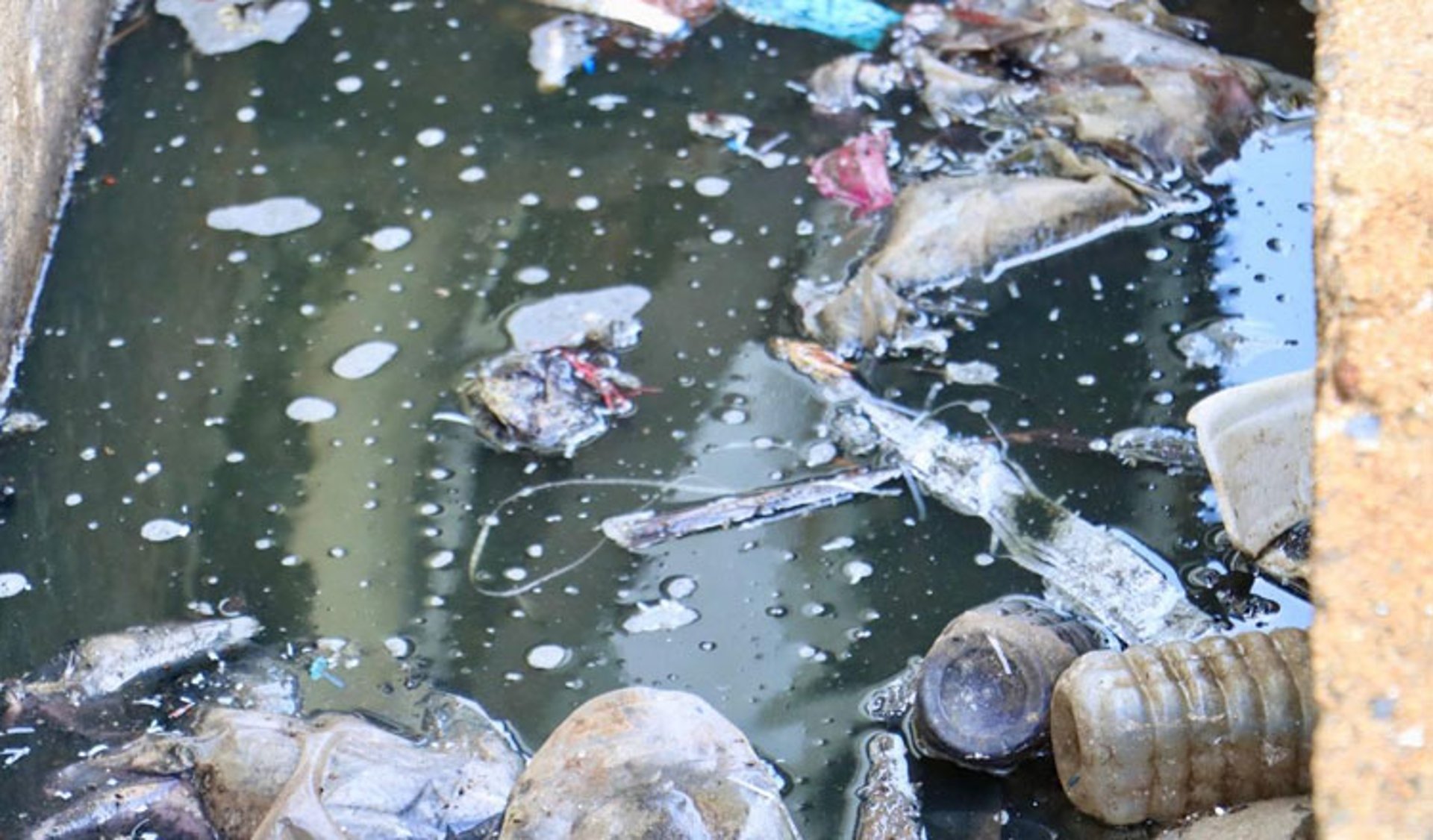
Project Background
Industry is one of the key development sectors for country economic growth. At the same time, it also discharges the pollutions to environment. Oily wastewater has become one of serious worldwide problems due to the increase of using petrochemical products. There are various conventional separation technologies based on gravitational force.
Due to the increase of petrochemical production in the global scale and the new development stage of Cambodia on oil discovery announced the first drop of oil on December 2020, the oily wastewater has become one of serious worldwide issue and will be the challenge environmental issue in Cambodia in the nearest future. Therefore, oily wastewater separation is needed before discharging to the environment.
To develop the treatment technology for separating oil from wastewater using air flotation process integrated coagulation. It will be optimized both air flotation and coagulation processes separately.
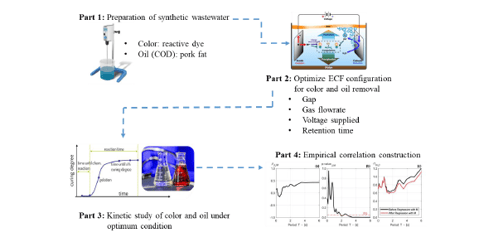

Objective
Scope of Work
This scope of work outlines the experimental investigations into an integrated oily wastewater treatment system, focusing on the optimization of its key components and the development of design and operational parameters.
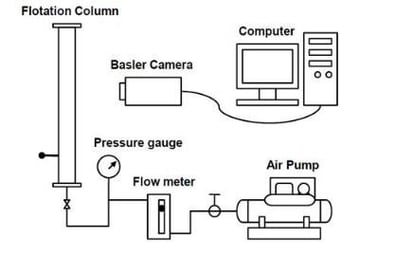

Our Impacts
To improve capacity on water and wastewater engineering field in teaching, learning, and research of lecturers, researchers, and undergraduate and graduate students through the activity of research implementation project.
To strengthen the quality assurance system linking between theoretical term and actual practical aspects as the laboratory and field work investigation.
To address the country development challenges on water and wastewater management, especially, wastewater discharge from rapid development building to environment that required sufficient wastewater treatment technology.
Project Activities
1. Experimental set-up
The experiments will be conducted in a clear acrylic column. The working volume of this flotation column is 3 liters with 1.5 m of liquid phase during operation. Air will be introduced from an air compressor through a porous rigid gas diffuser installed at the bottom of the flotation cell for generating bubbles. The air flow rate will be regulated by a gas flow meter and an electronic pressure gauge.
2. Oily wastewater preparation
Three different types of oil were used for synthesizing oily wastewaters including palm oil, lubricant oil, and cutting oil. These three oil types are frequently found in oily wastewater generated from different activities in household, automotive, and industrial sectors. In order to produce the stabilized oily-emulsion wastewater, palm and lubricant oils will be prepared in tap water and mixed with anionic surfactant, sodium dodecyl sulfate at 1 critical micelle concentration (CMC).
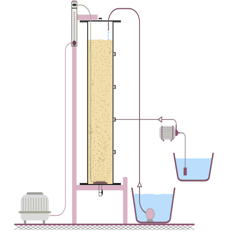

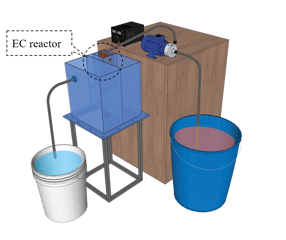

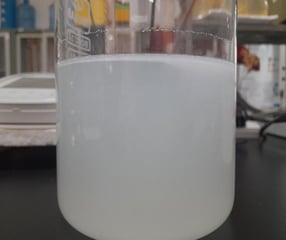

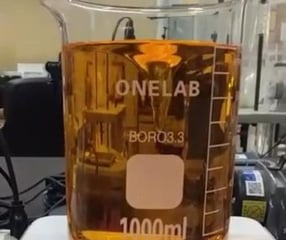

3.Coagulation and flotation experiments
The initial pH of oily wastewater will be adjusted by diluted sodium hydroxide (NaOH) and sulfuric acid (H2SO4) solutions. Alum dosage might be varied from 50 to 1000 mg/L, depending upon oily-wastewater types. The experiments will be conducted by a series of rapid mixing for 1 minutes followed by 20 minutes of slow mixing before decantation.
4.Manuscript Work
Following the drafting and refinement of these documents, the subsequent step involved the formal submission of the manuscripts to relevant academic journals or conferences for peer review and potential dissemination to the wider scientific community.
